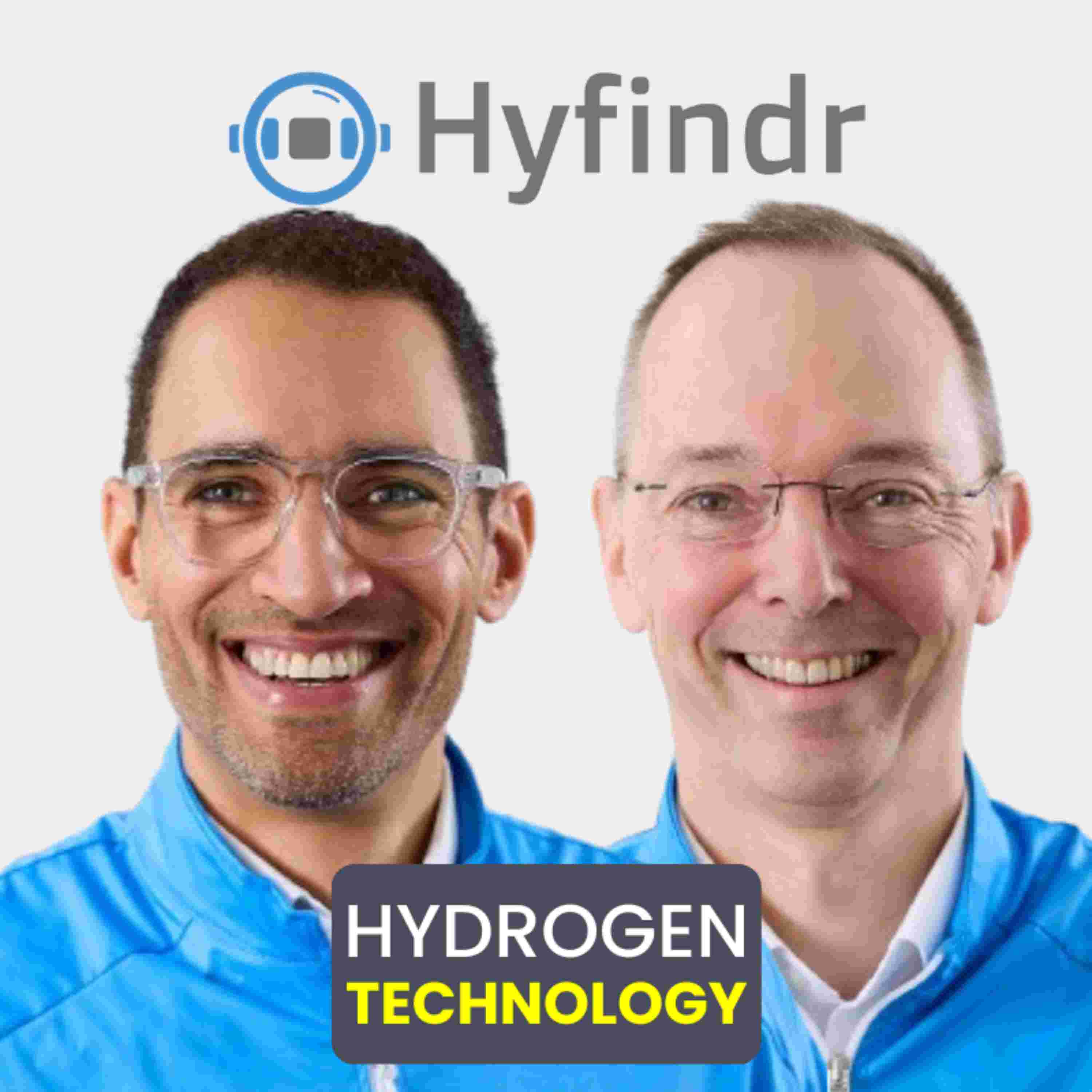

What’s the real carbon intensity of hydrogen—once you include production and delivery?
In this episode of Hyfindr Tech Talks, Greg Powers (Chief Innovation Officer, BayoTech) joins Steven Oji to break down hydrogen production pathways and how to measure their carbon intensity (CI) across the full lifecycle. From steam methane reforming (SMR) vs electrolysis, to distributed SMR with high heat-recovery reactors, to using renewable natural gas (RNG) for carbon-negative outcomes, Greg explains the engineering trade-offs behind cost, efficiency, and emissions.
You’ll learn about:
Hydrogen pathways: SMR, electrolysis, coal gasification (context), and nuclear heat/electricity coupling
Gross vs. net impacts: why compression, liquefaction, transport, and storage change CI
Distributed SMR design: bayonet reactors, heat integration, and water/energy efficiency
CI metrics: energy-based (gCO₂e/MJ) vs mass-based (kg CO₂/kg H₂) and how to translate between them
Grid vs renewables: why CI varies by electricity mix; when electrolysis shines
RNG credits & carbon math: capturing methane from waste streams and pathways to zero or negative CI
Perfect for engineers, developers, and decision-makers who want a clear, technical view of hydrogen production and lifecycle emissions—without the politics.
Explore more at Hyfindr.com